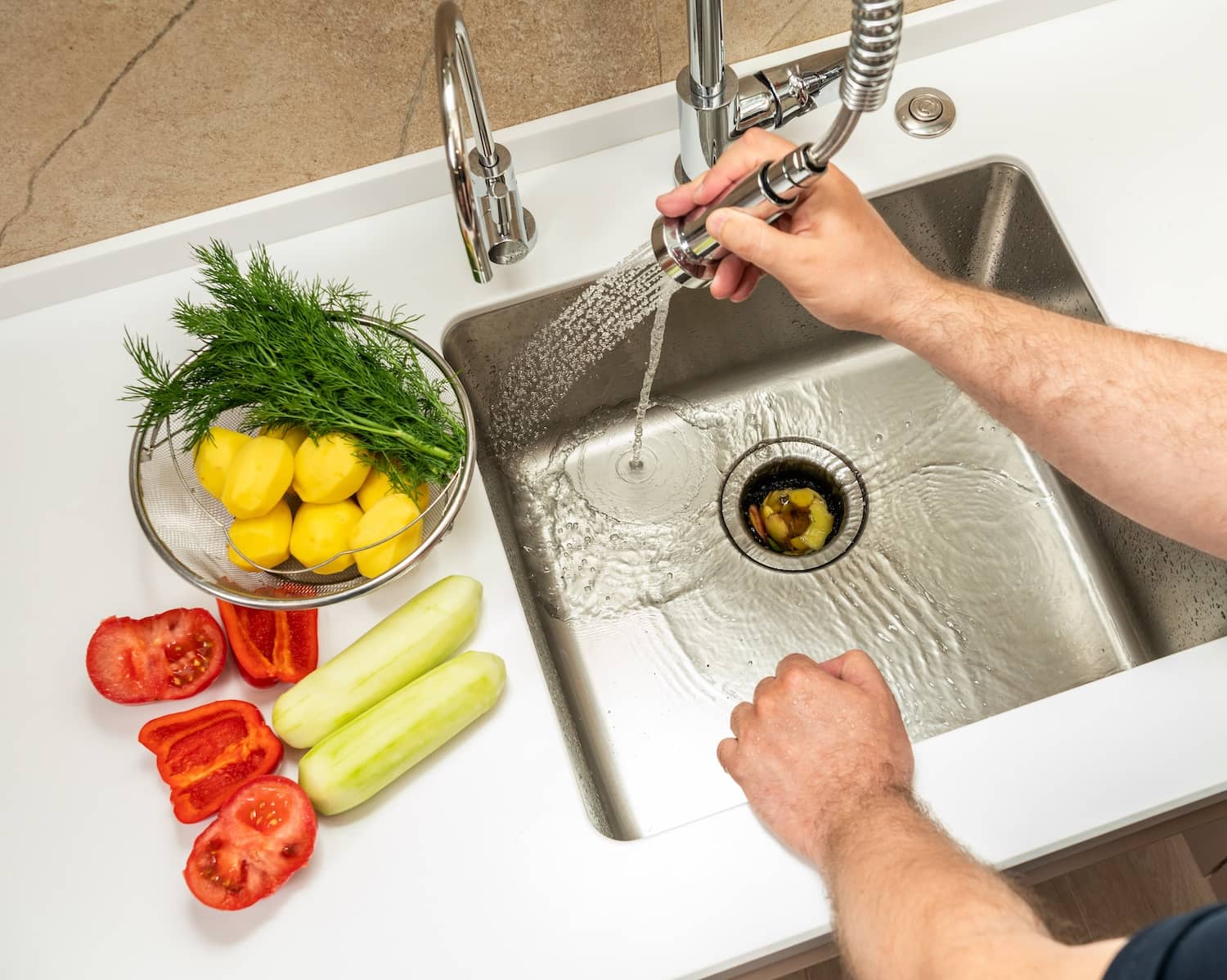Swift Solutions for Fixing a Dripping Waste Disposal Unit
Swift Solutions for Fixing a Dripping Waste Disposal Unit
Blog Article
Do you find yourself looking for tips about Why Is My Garbage Disposal Leaking From the Bottom??

Waste disposal unit are important cooking area home appliances that help in disposing of food waste effectively. Nonetheless, a dripping garbage disposal can be a discouraging and unpleasant issue to take care of. The good news is, numerous leakages can be fixed quickly with a couple of straightforward steps. In this write-up, we will certainly discuss how to repair a dripping waste disposal unit successfully.
Introduction
Garbage disposals are set up under cooking area sinks and are made to shred food waste right into smaller sized items, permitting it to travel through the pipes system conveniently. While these tools are typically reputable, leaks can happen gradually because of deterioration, loosened connections, or damage to the unit.
Common Reasons For Leaks in Garbage Disposals
Worn Seals and Gaskets
Seals and gaskets play an essential role in preventing water from dripping out of the waste disposal unit. Gradually, these elements can weaken, resulting in leaks around the disposal system.
Loose Connections
The links in between the waste disposal unit and the plumbing system can become loosened gradually, triggering water to leak out during operation.
Splits or Openings in the Disposal System
Physical damage to the waste disposal unit, such as fractures or holes in the real estate, can additionally lead to leaks.
Recognizing the Source of the Leakage
Before attempting to deal with a dripping garbage disposal, it is essential to recognize the resource of the leak. This can usually be done with aesthetic evaluation or by conducting straightforward tests.
Visual Evaluation
Evaluate the waste disposal unit unit meticulously for any type of signs of water leak. Pay very close attention to areas around seals, gaskets, and link points.
Examining for Leaks
One way to check for leaks is by running water via the disposal unit and looking for any type of visible indications of leak.
Tools and Products Needed for Repairing a Dripping Garbage Disposal
Prior to beginning the repair procedure, collect the needed tools and products, including a screwdriver, adjustable wrench, plumbing professional's putty, replacement seals or gaskets, and epoxy or patching product for repairing cracks or holes.
Step-by-Step Overview to Dealing With a Leaking Garbage Disposal
Switch off the Power
Prior to attempting any kind of repair services, ensure that the power to the garbage disposal unit is turned off to prevent the danger of electrical shock.
Find the Leakage
Determine the precise place of the leakage and establish the cause.
Tighten Connections
Use a wrench to tighten any type of loose connections between the disposal unit and the pipes system.
Change Seals or Gaskets
If the leak is due to used seals or gaskets, remove the old elements and replace them with brand-new ones.
Patching Fractures or Holes
For cracks or openings in the disposal system, usage epoxy or an appropriate patching material to seal the broken area.
Checking the Garbage Disposal After Repair Work
Once the repair work is complete, test the garbage disposal by running water with it to ensure that the leakage has actually been dealt with.
Preventive Maintenance Tips to Prevent Future Leakages
To stop future leaks, it is vital to perform regular maintenance on your garbage disposal. This includes keeping it clean, avoiding putting non-food items or hard objects down the disposal, and periodically checking for leaks or various other concerns.
Verdict
Finally, dealing with a dripping waste disposal unit is a reasonably uncomplicated procedure that can be finished with fundamental tools and materials. By complying with the steps described in this post and exercising preventive maintenance, you can keep your garbage disposal in good working problem and avoid expensive repair services in the future.
HERE’S HOW TO FIX YOUR GARBAGE DISPOSAL
WHAT TO DO IF SOMETHING IS STUCK IN YOUR GARBAGE DISPOSAL
If the impeller won’t turn, there’s probably something stuck in the disposal. It could be a steak bone or peach pit, although plumbers report pulling all sorts of inappropriate objects out of disposals, such as bottle caps or aluminum foil. Make sure power to the disposal is off, and look inside to see if you can see the source of the jam.
Never stick your fingers in a disposal. Pull out anything you see with tongs or pliers.
If the disposal still won’t work, it may be time to call a plumber or consider buying a new disposal. GEM Plumbing & Heating is here for all of your garbage disposal needs.
WHAT TO DO IF YOUR GARBAGE DISPOSAL DRAIN IS CLOGGED
Take everything out from underneath your sink and put a bucket or other container under your disposal to catch any water that drains out. Disconnect your disposal from the power supply. If it’s plugged into a wall outlet, unplug it. If it’s hardwired into an electrical box, go to the electrical panel and turn off the breaker for the disposal. Pour ¼ cup of baking soda into the drain, followed by ½ cup of white vinegar. Give the solution a few minutes to fizz and do its work. Look into the disposal with a flashlight to see if you can see an object that might be causing the clog. If you see it, remove it using tongs or pliers. MORE TIPS ON DEALING WITH A CLOGGED GARBAGE DISPOSAL
Never use drain cleaner in a garbage disposal. It can damage the plastic parts inside the disposal. You can also be splashed with the caustic liquid while working to clear the clog. Beware! Never stick your fingers into a garbage disposal. Trust us — not a good idea. In many instances, your dishwasher drains through your garbage disposal. This allows the disposal to grind any large food particles that may be drained out of your dishwasher. There are some jurisdictions, however, where the plumbing code prohibits such a connection. WHAT TO DO WHEN YOUR DISHWASHER DRAINS THROUGH THE DISPOSAL
Run some water in the sink so your plunger has at least a ½-inch of water to create a seal and plunge vigorously up and down several times. You may need to repeat this several times. Run hot water down the drain to clear any residue that remains.

I was introduced to that report on Why Is through a good friend on a different web property. Are you aware of somebody who is fascinated about the niche? Please feel free to promote it. Thank you for taking the time to read it.
Schedule Today! Report this page